#clergyman
Text

another experimental piece
#risk of rain oc#acosas#clergyman#oc#original character#artposting#if i put more squiggles i can make the damascus more damascuser#risk of rain
26 notes
·
View notes
Photo

The wedding ceremony, Ladies and Gentlemen’s Pocket Companion, 1800
#1800#1800s#etiquette#georgian era#history#vintage#historic#georgian#1800's#wedding#marriage#clergyman#clergymen#relations#family#romance
241 notes
·
View notes
Photo

supplication
#art#painting#religion#portrait#Illustration#artists on tumblr#christianity#priest#prayer#invocation#blue eyes#clergyman#God#Heaven#illusory
68 notes
·
View notes
Text

(X)
#hierophilia#priests#priest#catholic priest#clergyman#catholic aesthetic#religious aesthetic#the link is the only source for the photo i found
27 notes
·
View notes
Photo

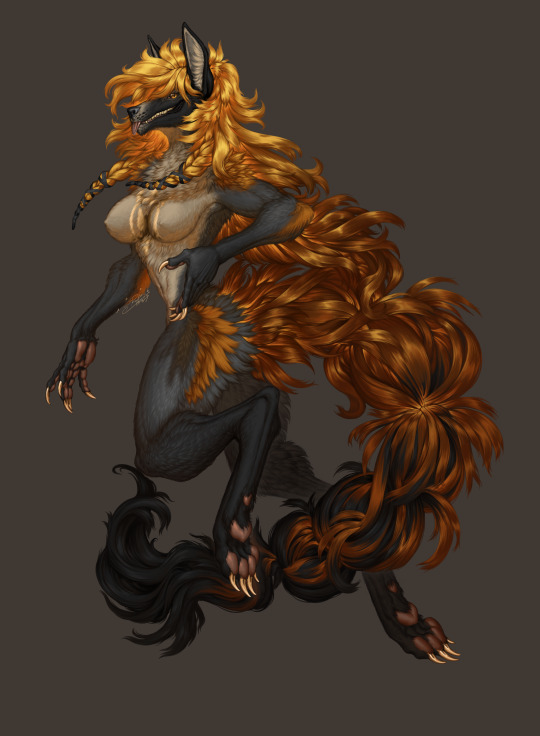

Finished Painted Commissions + Raffle winner !
ToS // Examples // Prices // Contact
https://trello.com/b/rRdJYdjG/welcome-to-the-shack…
https://rookshocksworkshop.wixsite.com/shop
always open for more work <3
#rookshock#rookshocksworkshop#rookshocksshack#commission#painttool sai#digital#art#painting#elden ring#fromsoft#furry#black#red#gold#brown#purple#anthro#werewolf#beast#clergyman#maliketh#malekith#armor#fruit#anthromorphic
16 notes
·
View notes
Photo
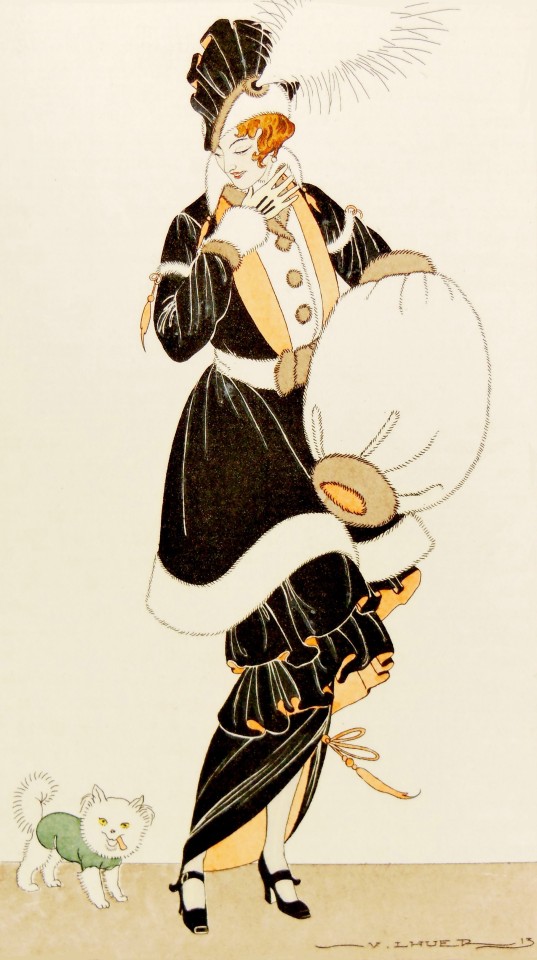
1913 Victor Lhuer, Costumes Parisiens. Charmeuse robe trimmed with sable and ermine. Ermine vest. Clergyman shoes. (Robe de charmeuse garnie de zibeline et d'hermine. Ghilet d'hermine. Souliers clerggyman). Journal des Dames et des Modes.
This remarkable pochoir fashion print is from Journal des Dames et des Modes, Costumes Parisiens. The work was published between 1912 and 1914 with only 1,279 copies printed in total. Leading artists of the time contributed to the Journal including Barbier, Brunelleschii, Bakst, J. van Brock, Wegener, Drian, and many others.Journal des Dames sought to be an expression of French elegance. It showed the fashion and also the culture of the early 20th century. Each illustration was printed on high quality paper using excellent pochoir coloring. Pochoir is created when single layers of color are added by hand to a lithograph using a stencil.George Barbier's contributions to this work are particularly desirable. He contributed greatly to design in this era and also had work featured in Vogue. --- The work is in very good to excellent condition overall. There may be a few minor imperfections or faint marks to be expected with age. Please review the image carefully for condition and contact us with any questions. --- Paper Size ~ 5 1/2" by 8 3/4". Seller Inventory # dames128.
AbeBooks
#1913#illustration#fashion#fashion illustration#la belle epoque#art nouveau#art nouveau illustrator#art nouveau illustration#victor lhuer#V. Lhuer#costumes parisiens#charmeuse#ermine#clergyman#journal des dames et des modes#fashionable dress#pochoir fashion print#pochoir#fashion print
13 notes
·
View notes
Text
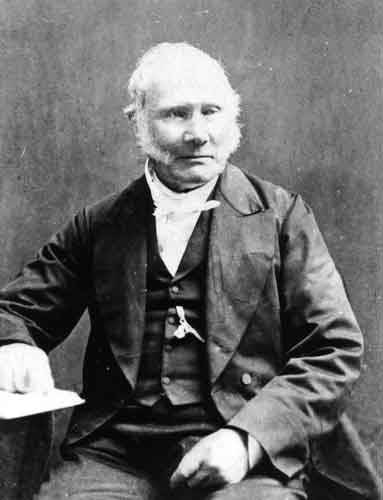

Robert Stirling the Scottish Clergyman and engineer died on June 6th at Galston, East Ayrshire.
Stirling was born at Cloag Farm near Methven, Perthshire, on 25 October 1790.
Stirling was a church minister who invented an engine that was two centuries ahead of its time and is just coming into its own. He studied a range of subjects at the University of Edinburgh as a teenager, then studied divinity at both Glasgow and Edinburgh and was ordained a Minister of of Laigh Kirk, Kilmarnock, in 1816. He practised as a minister until his death in 1878, but it is an engineering invention that immortalised his name.
It was engineering that would secure his reputation. In 1816, at the age of 26, and shortly after his ordination as a minister, he patented an engine which produced motive power from heated air. He continued to refine his ideas and, with his brother James, registered patents for improvements in 1827 and 1840.
The principles of Stirlings revolutionary engine are still being adopted and adapted to this day, as conventional fuels for internal combustion engines become more scarce. The most notable examples are at The Maricopa Solar Plant in Arizona, which opened in 2010 and in 2015 Ripasso Energy of Sweden claimed to have produced the world's most efficient solar-electricity system using Stirling engines, in the Kalahari desert, offering roughly double the energy conversion rate of conventional solar panels. In the U.S The Energy Research and Development Administration has a $110 million contract with Ford for development of a Stirling car engine.
There's a lengthy full biography on Stirling and his inventions here at Electric Scotland http://www.electricscotland.com/histo…/…/stirling_robert.htm
6 notes
·
View notes
Text
0 notes
Text
"Why, indeed; he does seem to have had some filial scruples on that head, as you will hear."
Hunsford, near Westerham, Kent,
15th October.
Dear Sir,
The disagreement subsisting between yourself and my late honoured father always gave me much uneasiness, and since I have had the misfortune to lose him, I have frequently wished to heal the breach; but for some time I was kept back by my own doubts, fearing lest it might seem disrespectful to his memory for me to be on good terms with anyone with whom it had always pleased him to be at variance. –
'There, Mrs. Bennet.'
– My mind, however, is now made up on the subject, for having received ordination at Easter, I have been so fortunate as to be distinguished by the patronage of the Right Honourable Lady Catherine de Bourgh, widow of Sir Lewis de Bourgh, whose bounty and beneficence has preferred me to the valuable rectory of this parish, where it shall be my earnest endeavour to demean myself with grateful respect towards her ladyship, and be ever ready to perform those rites and ceremonies which are instituted by the Church of England. As a clergyman, moreover, I feel it my duty to promote and establish the blessing of peace in all families within the reach of my influence; and on these grounds I flatter myself that my present overtures are highly commendable, and that the circumstance of my being next in the entail of Longbourn estate will be kindly overlooked on your side, and not lead you to reject the offered olive-branch. I cannot be otherwise than concerned at being the means of injuring your amiable daughters, and beg leave to apologise for it, as well as to assure you of my readiness to make them ever possible amends – but of this hereafter. If you should have no objection to receive me into your house, I propose myself the satisfaction of waiting on you and your family, Monday, November 18th, by four o'clock, and shall probably trespass on your hospitality till the Saturday se'ennight following, which I can do without any inconvenience, as Lady Catherine is far from objecting to my occasional absence on a Sunday, provided some other clergyman is engaged to do the duty of the day. – I remain, dear sir, with respectful compliments to your lady and daughters, your well-wisher and friend,
William Collins
"Pride and Prejudice" - Jane Austen
#book quotes#pride and prejudice#jane austen#mr bennet#letter#mr collins#hunsford#westerham#kent#october 15#disagreement#make amends#olive branch#mrs bennet#easter#ordination#clergyman#clergy#lewis de bourgh#patronage#church of england#anglican church#longbourn#november 18#4 pm#hospitality#filial#scruples#lady catherine de bourgh
0 notes
Text
GULLIVER MURAL BY MEAGHAN QUINN REF-226406-1
It is Swift's best-known full-length work and a classic of English literature. Swift claimed that he wrote Gulliver's Travels "to vex the world rather than divert it".
AT THE OLD MART ON SUMMERHILL ROAD IN TRIM
In July 2011 Trim Tidy Town’s all-out effort to win big in the National Tidy Towns Competition included a number of striking murals springing up around the town. One of the most colourful was a depiction of Gulliver at the old mart, which has become quite a tourist attraction. Until a few days ago I was unaware of the 30ft long mural. The painting of…

View On WordPress
#Anglo-Irish writer#clergyman#depiction of Gulliver#Gulliver Mural#Gulliver Travels#Jonathan Swift#Lemuel Gulliver#Meaghan Quinn#Meath County Council#Mural#Old Mart#street art#Swift Cultural Centre in Trim#Travels into Several Remote Nations of the World#Urban Culture#urban expression
1 note
·
View note
Text
Spend wisely this Yuletide - Clergyman advice youth
The Reverend Abraham Kotei, Head Pastor, the Divine Healer’s Church, Latebiorkorshie Assembly, has advised Ghanaians to spend wisely during Christmas.
He noted that Christmas was characterised by the buying of adornments, food, drinks, and new dresses and cautioned the populace to be measured in spending on those.
“As for the weddings and the funerals, they will come, but it is up to you to…

View On WordPress
0 notes
Text

Trying my hand at animation again. Here's my ROR2 oc, The Clergyman 🔷
#risk of rain#risk of rain 2#risk of rain oc#clergyman#oc#original character#just wanted to make a mithrix stan smh smh#artposting#animation
228 notes
·
View notes
Text
"Character may be manifested in the great moments, but it is made in the small ones."
Phillip Brooks - 1835-1893 - Clergyman - Author
#quoteoftheday#quotes#quotesoftheday#quotes of tumblr#writers on tumblr#writerscommunity#authorsquotes#life quote tumblr#life quote#life quotes#Phillip brooks#clergyman#authors of tumblr#author of tumblr#author
1 note
·
View note
Text
THE CHURCH IN CUMBRIA-HAMMERED BY THE SCOTS-CLANCARRUTHERSCCIS
THE CHURCH IN CUMBRIA, HAMMERED BY THE SCOTS
From the time of the early church to the time of the union between England and Scotland in 1603, there was trouble from Scottish invaders. Until 1157 Scotland laid claim to Cumbria and occupied it on a number of occasions and Cumbria was not even recorded in the Domesday Book of William the Conqueror because it was considered part of Scotland. After…

View On WordPress
#ANCIENT AND HONORABLE CLAN CARRUTHERS#BORDER REIVERS#CARRUTHERS#CARRUTHERSLAND#CLERGYMAN#CURATE#GILNOCKIE#PRIEST#SCOTLAND#SCOTLAND BORDERS#SCOTTISH BORDERS
0 notes
Text
Shy milf try nuru massage
Insatiable Tranny Bianca Reis Has Sex with Two Guys in a Hot Tub
Externo Gomez se coge a la novia de su amigo
Beautiful hot desi Paki aunt nude sex outdoor video footage
Morena de quatro na siririca
Cum on panties whore
Kyle Mason penetrates Sheenas dripping wet pussy from behind
ebony african queen fucks a big white cock bwc
rubia besando morenaza cabrona hermosa
Amateur swinger couples try swinging for the first time
#outswindled#glide-bomb#Recor#cultish#tortured#Talien#bikh#quasi-civil#rapeful#taring#hangfires#kramer#encharged#aeolomelodicon#foster-nurse#microbian#salpingitic#clergyman#grain-growing#nondialyzing
0 notes
Text
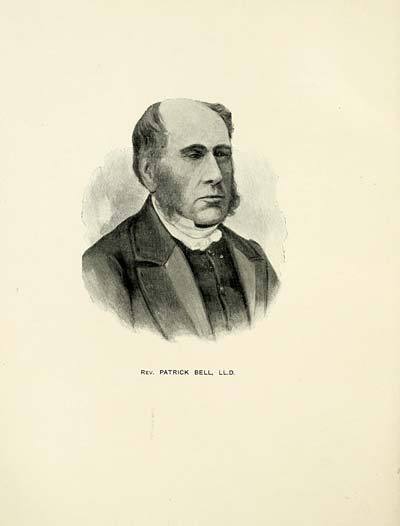
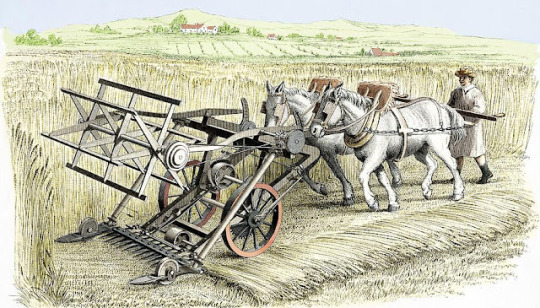
Reverend Patrick Bell was born on May 12th 1799 at Auchterhouse near Dundee.
Born into a farming family Bell was brought up at the farrm at Mid Leoch and attended Auchterhouse Parish School before going on to study divinity at the University of St Andrews, leading to a career in the clergy.
It’s not as man of god that the good Reverend is remembered for, although he was a good man of the cloth, the reason for this post and how he went down in history is that he came up with an idea that saved a lot of time for farmers the world over in his invention of a reaping machine.
This reaping machine used a revolving 12 vane reel to pull the crop over the cutting knife, that was made from triangular reciprocating blades over fixed triangular blades. A canvas conveyor moved the grain and stalks to the side in a windrow. This machine was pushed by livestock and ran on 2 wheels.
Bell had a very analytical mind and was especially interested in engineering. He installed a gas lighting system at Mid Leoch and even took an interest in the cultivation of sugar beet, growing some and extracting sugar from it a century before the industry came to Scotland.
Many people, historians included, have mistakenly credited Cyrus McCormick of America as the inventor of the reaper in 1831. However it should be Patrick Bell who is recognised as the designer of a machine that was deemed far more efficient and reliable than any previous attempts. Four of his reapers went to America where it is likely they influenced the designs of both McCormick and his contemporary Obed Hussey.
On 10th of September 1828 he demonstrated his invention and later received a favourable report in the “Quarterly Journal of Agriculture” and received a premium of £50 from the Highland Agricultural Society, which barely covered costs.
Being a man of god, Bell did not file for a patent believing that his invention should benefit all. This led to various copies being made that were inferior to the Bell-made machines and they did nothing to encourage widespread usage. However around 10 of Bell’s machines that were sold in east central Scotland were sold in east central Scotland and, as previously mentioned, four crossed the Atlantic, others went to Australia and Poland.
At this time in history labour was still cheap and many farmers did not see the benefit of such a machine, preferring to stay with traditional methods. This was another case of a good invention being too far ahead of its time. However, the Bell machine was to prove itself as far as reliability and longevity was concerned, as the original machine continued for many harvests at Mid Leoch before going to work for many more at his brother’s Inchmichael Farm.
In 1852 it was put in a good state of repair and shown at the Highland Show at Perth where it was thought by many to be the latest machine on the market. However, the Americans eventually began to sell greater quantities of reaping machines no doubt due to their lightness, manoeuvrability and competitive mass-produced pricing.
Meanwhile, now ordained, the Reverend Bell became minister of Carmyllie parish where he continued an interest in engineering, working at his bench at the manse. He remained unaffected by all the clamour that his machine had caused.
The Inchmichael machine, fastidiously looked after by his brother, ended up in the Science Museum in London where it still resides today.
Two contemporary models of the machine were presented to the National Museum and one is on show at the National Museum of Rural Life at Kittochside, East Kilbride. A third was presented by his daughters to the agricultural department of Aberdeen University.
Today’s combine harvester has thus developed from the work of two ingenious Scotsmen - it is a combination of Andrew Meikle’s threshing mechanism and Patrick Bell’s reaper.
6 notes
·
View notes